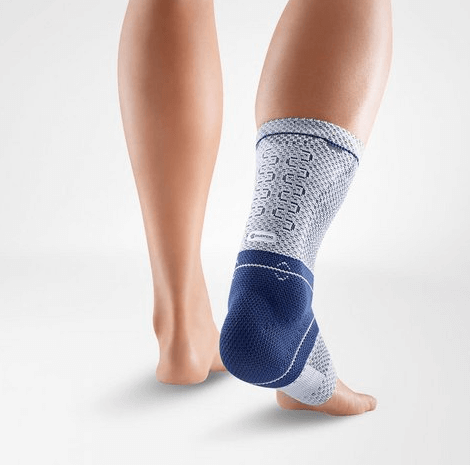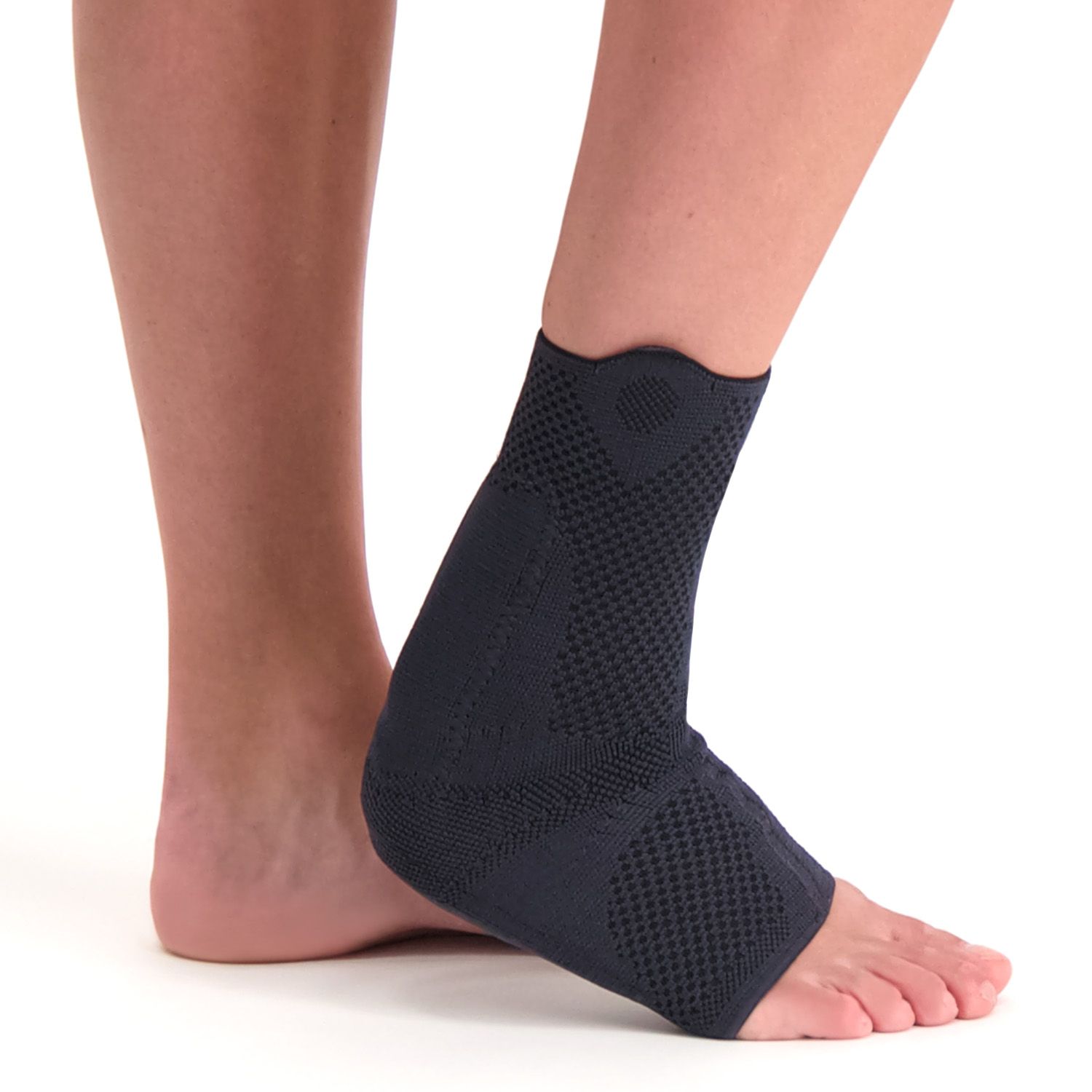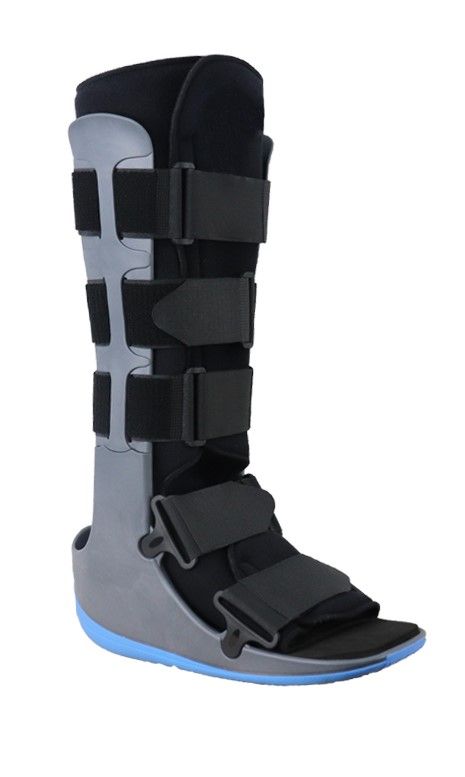Achilles Tendon Rehabilitation (after surgery or trauma)
Another term for a torn Achilles tendon is an Achilles tendon rupture. The cause is often due to weakness or degeneration of the tendon itself. A rupture usually occurs during a sudden or forceful muscle action, such as sprinting or jumping. A torn Achilles tendon most commonly affects physically active men between the ages of 30 and 40.
Symptoms of an Achilles tendon rupture
The symptoms of a torn Achilles tendon include sharp, sudden pain at the lower part of the calf—often described as feeling like a kick to the heel. Walking becomes extremely difficult, and standing on the toes is impossible.
Diagnosis of an Achilles tendon rupture
From the outside, a rupture is not always visible. A gap in the tendon may be detected during physical examination. One common test involves squeezing the calf muscle—if no foot movement occurs, this strongly indicates a rupture. An ultrasound scan may be required for definitive confirmation.
Treatment of an Achilles tendon rupture
Treatment options include surgical repair or immobilization in a cast. Both methods are generally effective. Casting typically lasts for about 6 weeks, with the foot’s position adjusted to a neutral angle after two weeks. Light sporting activities can often be resumed after 10 to 12 weeks.
Stretching the Achilles tendon is not recommended, as it may interfere with proper healing. An Achilles tendon brace is a highly effective aid for rehabilitation and recovery.

Bauerfeind AchilloTrain® - Achilles Tendon Support
Solelution Silicone Heel Gelcups (per pair)
Solelution Socks with Silicone Gel Heel (per pair)

Lyon Achilles Tendon Support

Dunimed ROM Walker Foot Support
Protection level 3
- Physiotherapist
- Sports podiatrist
- Manual therapist
- Podopostural therapist
- Myofascial dry needling specialist


